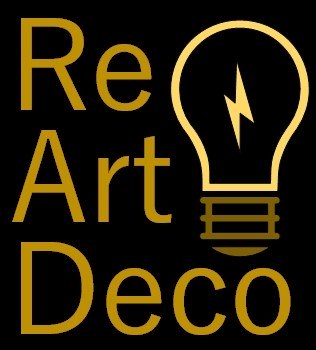Hoffmann & Schlevogt
Heinrich Hoffmann (1875 – 1939) and Henry Schlevogt (1904 – 1984) are relatives thanks to the marriage of the second to the daughter of the first, both artists, established in Gablonz in North Bohemia, can hardly be considered separately, because they worked in continuity, sometimes with the same design molds, which were all exclusively pressed by the powerful family glassworks of Josef Riedel established in Polaun (Polubný).
Heinrich Hoffmann opened a shop selling glass jewellery in Paris on the turn of XX century. After studying glassmaking in Gablonz he widened the range of his products to decorative pressed molds and flacons due to the impulse given to this artistic direction by René Lalique.
Henry Schlevogt is only son of Curt Schlevogt, a Czechoslovakian artist of German Jewish descent, manufacturer of jewellery and glass buttons established in Gablonz, married Charlotte Hoffmann in the late 1920s.
The unusual use of coloured glass and artistically used original forms were particularly of his interest. He first began to test and develop famous “Jades” malachite green and blue glass molds. His first creation differ from molds received from his stepfather. Henry Schlevogt made a collection of extremely original and varied emerald green and blue lapis models, of exceptional quality of material and finish. The collection was presented under the brand name “Ingrid”, inspired by the name of his daughter, which had an immediate success in Europe and the United States, garnering the most prestigious distinctions. Ingrid was introduced at the Spring Trade Fair in Leipzig in 1934, and the same year presented the line at the Chicago World’s Fair. In 1937 the Czechoslovak pavilion won a Grand Prize at Paris World’s Fair.
The interruption of activity came with the occupation of the Sudetenland by Nazi Germany in 1938, soon followed by the invasion of the rest of the country (Czech republic) and foreshadowing the general conflagration of the continent, and was a part of the tragic backdrop due the chain of personal events that awaited him.
He was arrested when the Red Army arrived in 1944 and his property was confiscated. Condemned to deportation to Siberia, he owed his salvation only thanks to the intervention of powerful American and French friends claiming his birth (nationality) in the United States. His nightmare ended in 1948 thanks to the same friends who manage to get him out of the country with his wife with Austrian passports. The Czechoslovak government nationalized the glass industry after World War II. The exploitation of his precious confiscated molds from Ingrid’s catalogue was resumed in the post-war period by the Czech industry. Thus, there exist late printings come from around 1970s, made in the glassworks of Josef Riedel in Dolni Polubný.
Based in Paris in the 1950s, Henry Schlevogt opened a wholesale trade in crystals and glassware on rue de Paradis, as producer and as exclusive distributor of Val d’Andelle glassworks. He made a fortune with this and sold this business in 1972. He died in Paris in 1984.
ReArtDeco in stock





